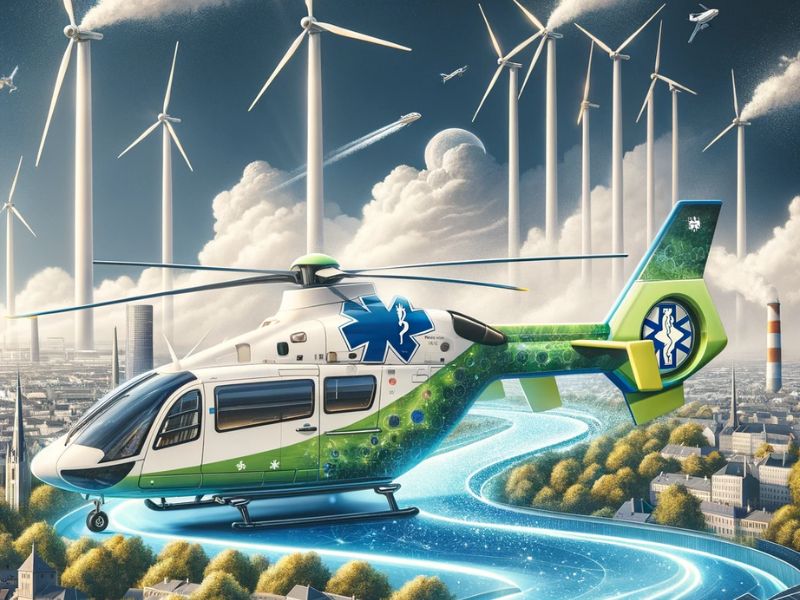
Silent revolutions: the evolution of ambulances in Europe
Between technological innovation and sustainability, the ambulance sector looks to the future
The field of ambulances in Western Europe is undergoing a profound transformation, thanks to the introduction of advanced technologies and the growing commitment to sustainability. This article explores recent developments shaping the future of emergency medical services, highlighting two emblematic examples: the innovative path of the European Air Ambulance (EAA) and the dedication of MAF – Mariani Alfredo & Figlio to high-quality special vehicles and ambulances.
High-flying Innovations: The European Air Ambulance’s commitment
The European Air Ambulance (EAA), part of the non-profit organization Luxembourg Air Rescue, closed 2023 with promising results and ambitious plans for 2024. Operating a total of four air ambulances, EAA aims to expand its long-range ambulance activities, introducing a new module for the treatment of infectious diseases, and completing the digitization of its operational departments. With a strong commitment to innovation and sustainability, EAA is also implementing initiatives such as drone transportation and the installation of solar panels at its headquarters, in line with Environmental, Social, and Governance (ESG) standards.
MAF – Mariani Alfredo & Figlio: Italian excellence in ambulances
On its part, MAF – Mariani Alfredo & Figlio, based in Pistoia (Italy), represents a benchmark in the ambulance and special vehicle sector in Italy. The company stands out for the high quality and innovation of its vehicles, ranging from traditional ambulances to civil protection units, vehicles for blood transport, and mobile laboratories. MAF’s approach to production is comprehensive, from design to construction to customization with electromedical equipment, reflecting a constant commitment to excellence and customer satisfaction.
Towards a future of excellence and sustainability
These examples represent only a part of the numerous initiatives underway in the ambulance sector in Western Europe. The adoption of advanced technologies and the commitment to environmental sustainability are redefining the parameters of service efficiency and quality. Looking to the future, it is clear that technological innovation and attention to ethical and environmental issues will play an increasingly central role in shaping the emergency medical services sector, with the goal of ensuring maximum care and safety for patients and a positive impact on society and the environment.
Sources



